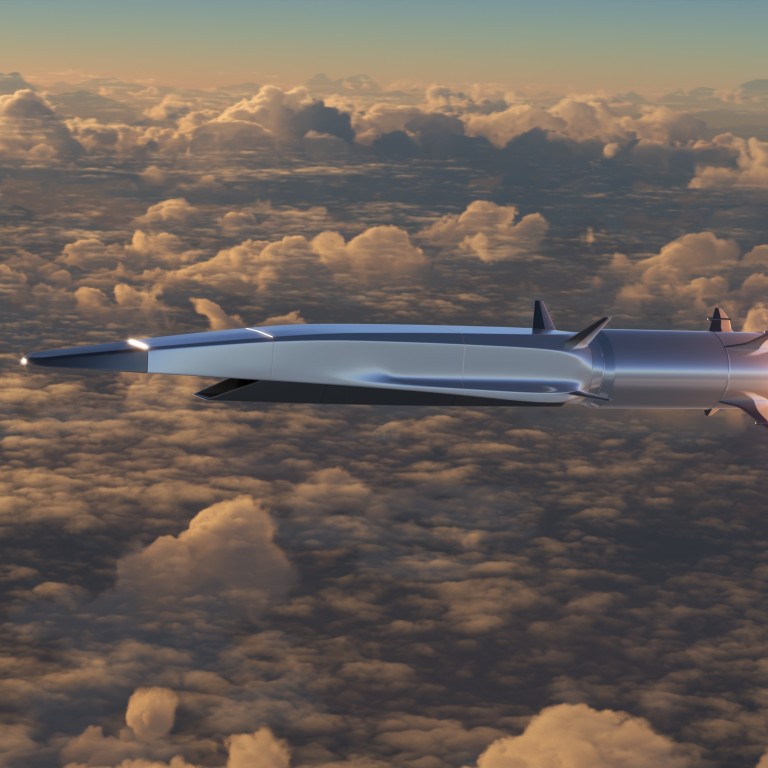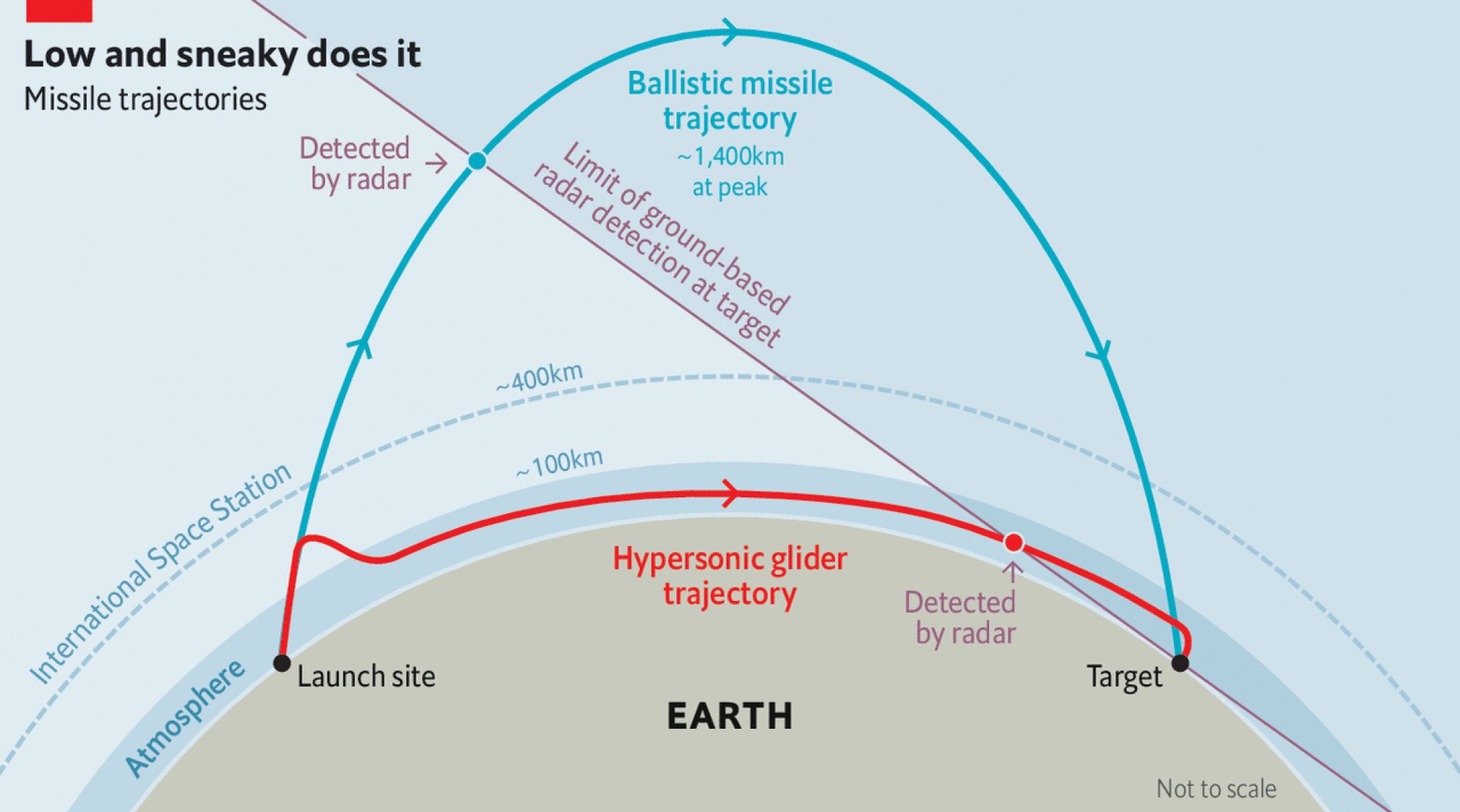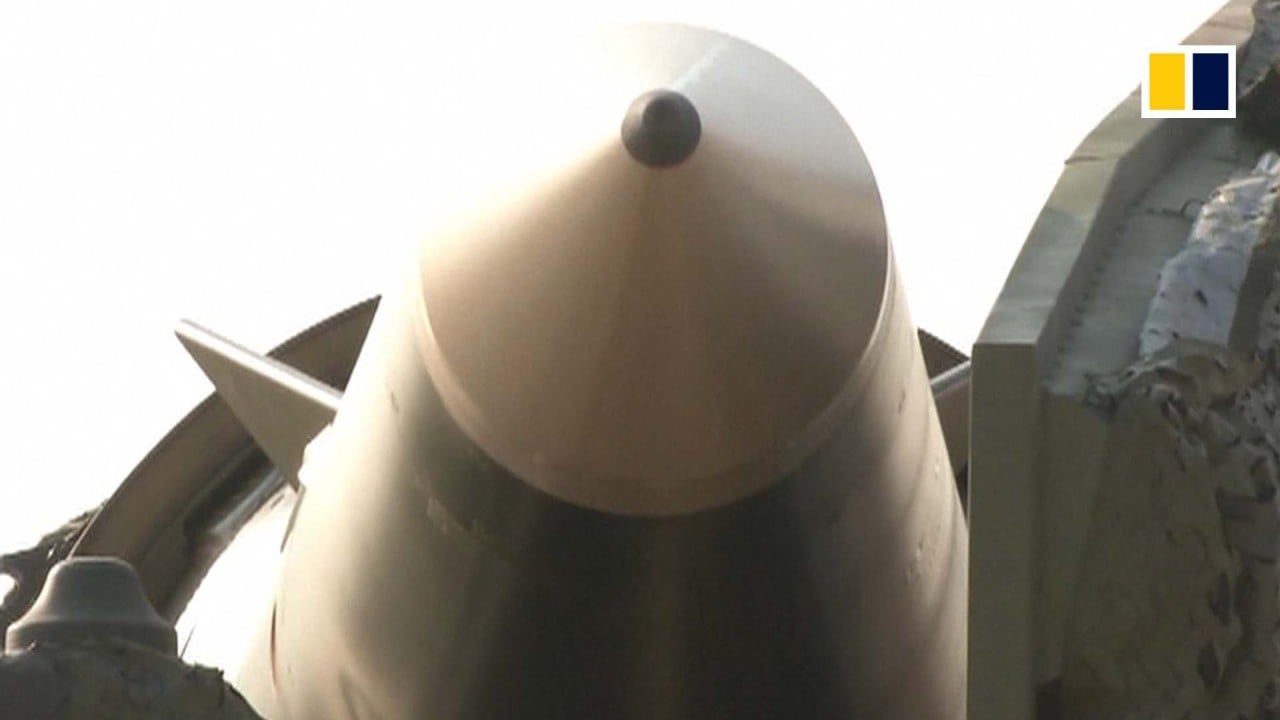
Chinese researchers say they have developed AI to predict course of hypersonic missiles
- Scientists from the Air Force Early Warning Academy say the technology can foresee the course of glide weapons travelling at more than five times the speed of sound
- The world’s leading powers are racing to develop hypersonic weapons and it is thought that existing technology will not be able to stop them
The average missile stays within a target zone of 8km (5 miles), which is quite narrow for a weapon that can cover the distance in as few as 2 seconds.
“Trajectory prediction is of great significance to combat intent assessment and aerospace defence interception,” Zhang and his colleagues wrote in a paper published in the Journal of Astronautics, a peer-reviewed publication run by the Chinese Society of Astronautics ,on April 30.

A hypersonic glide weapon launches an attack from space and unlike a conventional ballistic missile can travel in and out of the atmosphere like a stone skipping over water and bank to the left or right – making it harder to track and intercept.
At speeds of Mach 5 or higher it leaves little time for an air defence system to respond and it is generally believed that existing technology cannot stop a hypersonic glide missile.
But Zhang said AI could handle such uncertain tasks.
The defending side usually knows nothing about the mass, size, shape, aerodynamic control system or purpose of enemy weapons, but the AI can make a fairly accurate guess by analysing the observed flight data.
A missile, however advanced or fast, needs to obey certain physical laws, and every move it makes will give out some small but useful hints about its design, capabilities and mission, according to the researchers.
A machine learning algorithm can therefore learn from data collected in the early stages of a hypersonic flight, and use the newly acquired knowledge to calculate the most probable course in the final stages of the flight.
Zhang and his colleagues admitted that turning this theory into a practical model was not easy. They said the raw data collected by an early warning system contains lots of noise that could confuse the AI and too much data could also overwhelm the computer.
To counter this, the team developed a unique deep learning algorithm that could automatically remove noises from signals they detected. To save calculation resources, the algorithm also mimics the operation of the human brain by focusing only on the latest, most important data.
Though more sophisticated than any previous AI for hypersonic trajectory prediction, the new system can run on a laptop computer and produce a result within 15 seconds, according to the study.
Simulated tests suggested the method remains effective against a wide range of weapons flying at speeds of up to Mach 12.
Military researchers have proposed numerous countermeasures, including space-based early warning systems that can detect and intercept the hypersonic weapon in the early or middle stage of flight, high-powered lasers that can blind or destroy sensors or missiles that can also operate at hypersonic speed.
But most of these technologies are still under development.
Chinese navy shows off hypersonic anti-ship missiles
The Chinese navy has reportedly installed a new cannon in newer warships that it said could defeat a hypersonic weapon by firing 10,000 rounds of shells per minute at its predicted course.
A Beijing-based researcher involved in a military radar programme said AI would play a “big role” in hypersonic weapon defence but its effectiveness depended on many other factors.
A hypersonic missile, for instance, is surrounded by extremely hot, ionised gas that can distort the radar or heat signals, making precise detection of its movements difficult, according to the researcher.



